Meijer vs. Walmart: 5 Major Differences
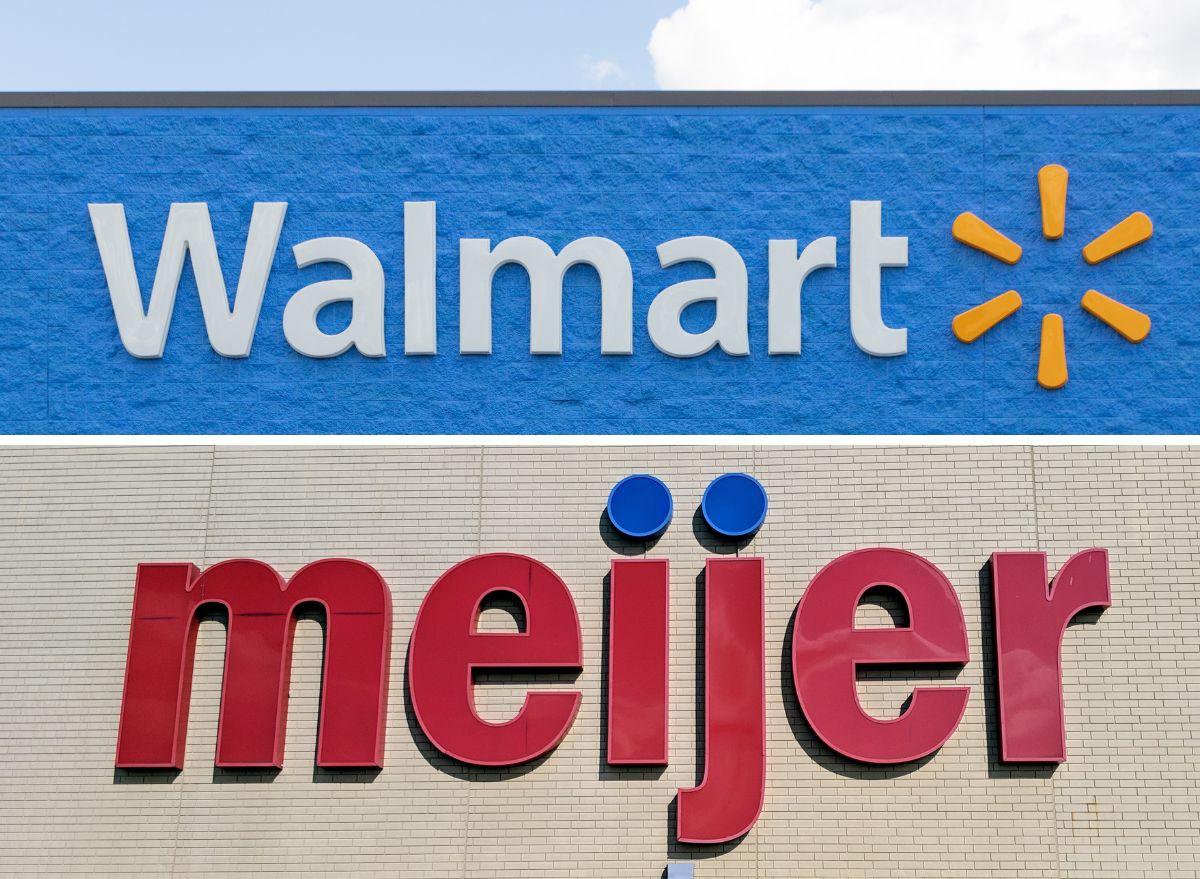
Since being founded in Rogers, Ark., in 1962, Walmart has exploded in growth, ultimately becoming the largest retailer in the world. Often associated with the one-stop shopping experience offered at its supercenters, the retail giant has provided customers with a wide variety of general merchandise and supermarket items for decades.
However, Walmart wasn't the first company to boast this kind of shopping experience. Before Walmart, a midwestern retailer opened a supercenter and became known for pioneering this store concept.
Based in Grand Rapids, Mich., Meijer started out as a grocery store, opening its first location, Meijer Grocery, in Greenville, Mich., back in 1934. The chain later opened its first supercenter, called Thrifty Acres, in Detroit in 1962—26 years before Walmart's first supercenter was introduced.
While Walmart and Meijer share several similarities, their supercenters being one of them, they each have distinctive qualities that set them apart. Here are five major differences between the two retailers.
Store footprint
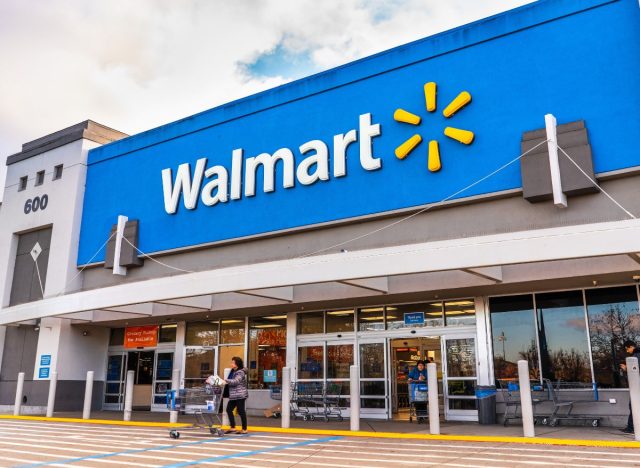
Walmart and Meijer's store reach is arguably the biggest difference between the two companies. Walmart is a behemoth, operating more than 10,500 stores and warehouse clubs across 19 countries, according to its website. Across the globe, the retailer employs around 2.1 million associates. In the U.S., the Arkansas-based chain has 4,609 locations and employs approximately 1.6 million associates. The chain also has 599 members-only Sam's Club locations.
Meijer, on the other hand, has a significantly smaller presence. This regional chain has more than 240 supercenters across just six states, which include Michigan, Ohio, Indiana, Kentucky, Illinois, and Wisconsin. The retailer employs about 70,000 people.
Ownership
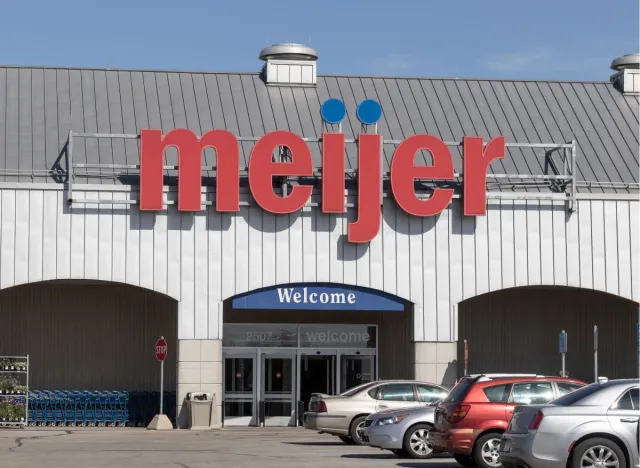
Since opening its first store in 1934, Meijer has remained family-owned and has become one of the largest privately-owned companies in the U.S., according to its website. Meanwhile, in 1972, 10 years after opening its first store, Walmart became a publicly traded company listed on the New York Stock Exchange.
Store formats
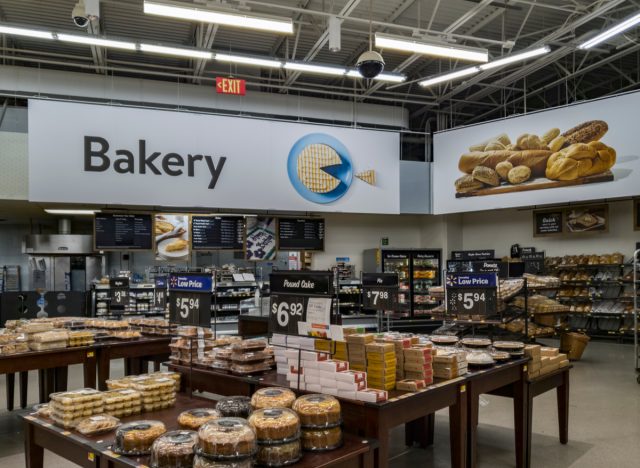
While Meijer is best known for its supercenters, which are typically 150,000 to 250,000 square feet, the retailer has also introduced other store formats. Take Meijer Grocery, for example. This newer store format is food-focused and designed to provide a "simplified shopping experience," according to a press release from the chain. These stores are between 75,000 and 90,000 square feet. The first two Meijer Grocery stores opened in Lake Orion and Macomb Township, Mich., in January 2023. The third will open in Noblesville, Ind., on July 11.
Additionally, Meijer has opened several other smaller-format stores over the past six years. These stores include Rivertown Market in Detroit and Fairfax Market in Cleveland.
Meanwhile, Walmart's store portfolio looks a little different. In addition to its famous supercenters, which are typically around 182,000 square feet, Walmart operates discount stores (aka the original Walmart model), which are approximately 106,000 square feet, as well as smaller-sized Neighborhood Markets, which are about 38,000 square feet.
Besides their size, these stores differ in their product offerings, with supercenters unsurprisingly offering the largest selection, even boasting specialty shops like banks, restaurants, and hair and nail salons. Walmart's discount stores sell electronics, apparel, toys, home furnishings, and more, offering less grocery offerings than the supercenters. The Neighborhood Market format debuted in 1998 "as a smaller-footprint option for communities in need of a pharmacy, affordable groceries, and merchandise."
Technological innovations
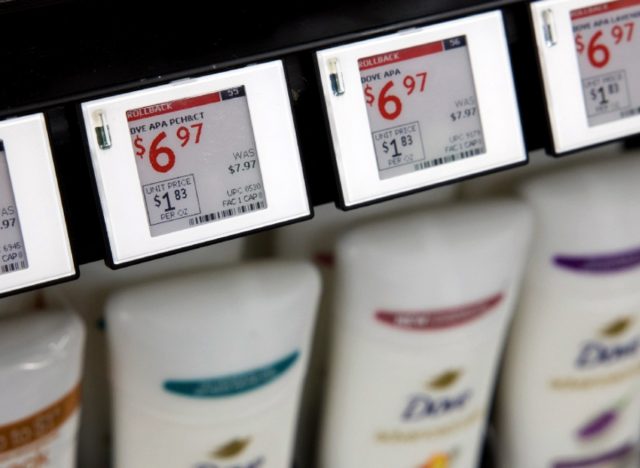
To enhance the shopping experience, both Walmart and Meijer have implemented various technological innovations, with Walmart appearing to be more heavily focused on this in 2024. For instance, since the year began, the retail giant has announced the expansion of its digital shelf labels and drone delivery and shared that it will be testing an AI-powered personal shopping assistant to help shoppers with their purchases.
Walmart is also remodeling stores to showcase its "store of the future" concept, which not only includes improved layouts and expanded product selections but also innovative technology designed to improve the shopping experience. These stores include more energy-efficient equipment and lighting, along with lower impact refrigerants.
Meanwhile, Meijer has its own plans for innovation. In March, the chain announced the addition of a new advertisement measuring tool that would allow brand partners to gain insight into shopper behavior and the impact of ad campaigns. Similarly, Walmart announced its own improvements in ad measurement and targeting.
At the beginning of 2024, Progressive Grocer reported that the retailer has been "creating robust and reliable network capabilities that offer scalable bandwidth, geolocation and tracking throughout the store, and visibility into user performance."
Delivery Options

Like many retailers, Walmart and Meijer both offer pickup and delivery options. However, there are some differences. For instance, Walmart offers InHome delivery, a service that has associates delivering orders directly inside customers' homes. Available as an add-on for Walmart+members, InHome delivery uses trained and vetted associates who use a one-time access code to unlock a customer's door or garage. These associates have wearable cameras on their vests to record the entire delivery, which customers can watch on their phones for up to a week after the delivery. This service is now available to 45 million households in more than 50 markets, with Walmart expanding the reach of InHome delivery earlier this month.
While Meijer doesn't currently offer an option like this, it does use a service that Walmart doesn't: Shipt. Similar to Instacart, this Target-owned subsidiary includes a personal shopper who will fulfill digital orders.









